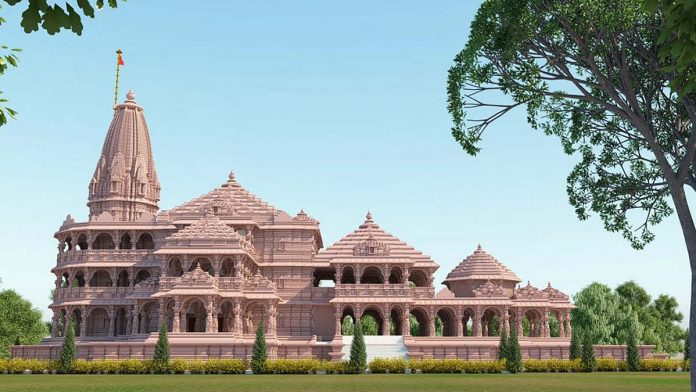The Ram Janmabhoomi Teertha Kshetra Trust on Thursday morning tweeted that the construction of the Ram Mandir has started with engineers from Larsen & Toubro (L&T), Indian Institute of Technology (IIT) Madras and Central Building Research Institute (CBRI) Roorkee testing the soil at the Janmabhoomi site.
The shrine will
be built by adhering to ancient and traditional construction technique and will
be completed in 36 to 40 months. The temple will be able to withstand earthquakes,
storms and other natural calamities.
Notably, iron will not be used in the construction of the temple, informed the tweet.
“For Mandir construction, copper plates will be used to fuse stone blocks with each other. The plates should be 18 inches long, 30 mm wide and 3 mm in depth. 10,000 such plates may be required in total structure. We call upon Shri Rambhakts to donate such copper plates to the trust,” Shri Ram Janmbhoomi Teerth Kshetra stated in another tweet.
The temple will be built under the Nagara architecture style using stones from Banshi mountains in Rajasthan. The 161-feet high temple will have three storeys and will be designed according to the Vastushastra and Shilpishastra.
Prime Minister Narendra Modi had visited Ayodhya on August 5 to take part in the ‘Bhoomi pujan’ at Ram Janambhoomi site. Read here:




